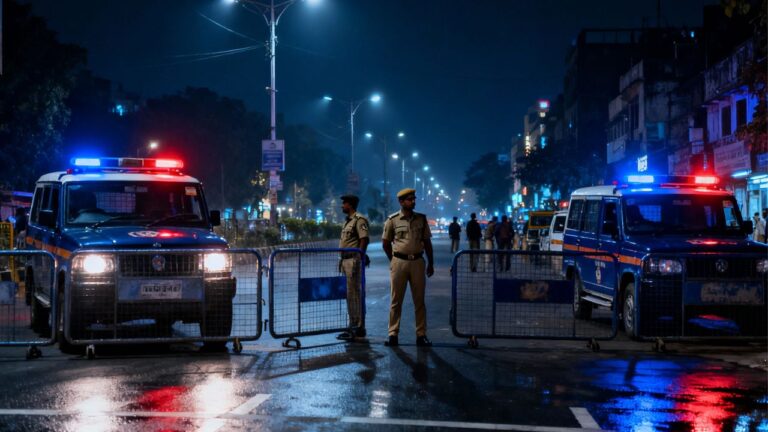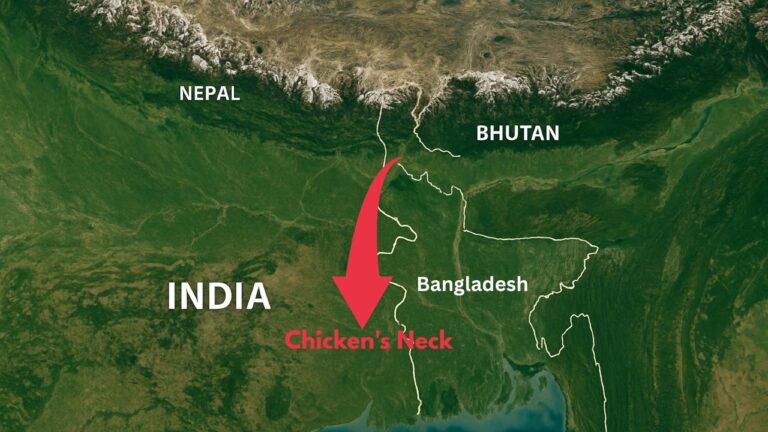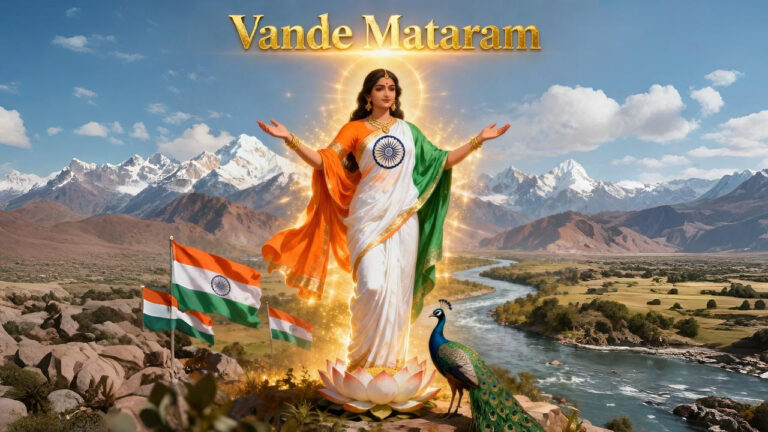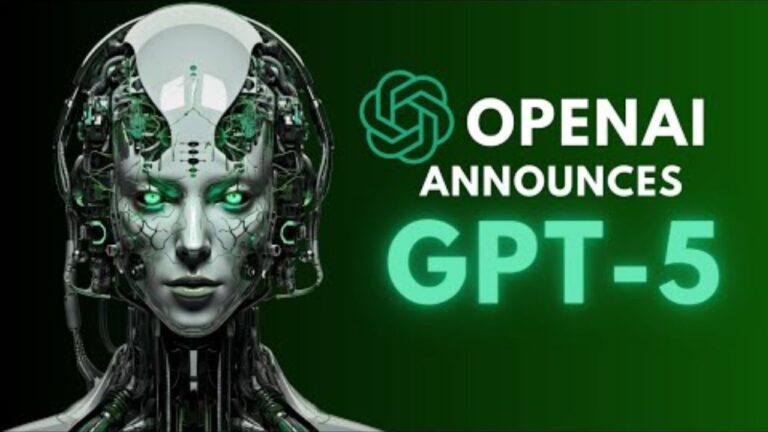
Unraveling Roots of Indo-European Languages: A New Study Challenges Prevailing Theories
The origin of Indo-European languages has been a subject of great interest and debate among linguists for centuries. A recent study conducted by Russell Gray and his colleagues from the Max Planck Institute for Evolutionary Anthropology has shed new light on the ancient roots of these languages.
Contradicting previous theories, the study proposes a “hybrid hypothesis” that places the origins of Indo-European languages about 8,100 years ago, south of the Caucasus. Furthermore, the research challenges the notion that Vedic Sanskrit was the direct ancestor of modern Indic languages. Let’s delve into the details of this groundbreaking study.
The Hybrid Hypothesis
Historically, two main hypotheses have competed to explain the origins of Indo-European languages. The steppe hypothesis suggested that the languages emerged approximately 6,000 years ago in the central Asian steppes among horse-based pastoralists. On the other hand, the Anatolian hypothesis argued for an even earlier origin, around 9,000 years ago, in present-day Turkey among farmers.
Gray and his team, through their meticulous research, have presented a third perspective called the “hybrid hypothesis.” This theory places the roots of Indo-European languages in a region south of the Caucasus, specifically the northern arc of the Fertile Crescent, approximately 8,100 years ago. This region includes present-day eastern Turkey, Armenia, Azerbaijan, and Iran.
Branching and Second Homeland
According to the study, around 7,000 years ago, five main branches of Indo-European languages had already split off. Notably, one of these branches moved northwards into the steppe, serving as a second homeland for branches that later spread into Europe.
Migratory Routes to the Indian Subcontinent
While the study sheds light on the origins and branching of Indo-European languages, the route through which they moved into the Indian subcontinent remains uncertain. Scholars have proposed two possible paths. One suggests that the ancestral languages moved along a “southern route,” south of the Caspian Sea, from west Asia, Iran, into the subcontinent. Another theory posits that they could have traveled along a northern route, north of the Caspian Sea, from Central Asia into the subcontinent.
Vedic Sanskrit and Modern Indic Languages
One of the most significant findings of the study is its examination of the relationship between Vedic Sanskrit and modern Indic languages. The research reveals that Vedic Sanskrit was not the direct ancestor of the contemporary Indic languages as previously believed. Instead, it appears to be a distinct sister dialect. Even the Prakrit languages of medieval India, while closely related to the ultimate ancestor of all Indic languages, do not derive directly from Vedic Sanskrit as found in the Vedic texts.
Gray explains that ancient languages like Vedic Sanskrit and Classical Latin were likely written versions used by elites in religious ceremonies, rather than exact reflections of the spoken language of the ancestral community.
Conclusion
The study on the origin of Indo-European languages conducted by Russell Gray and his team presents a compelling “hybrid hypothesis” that places the roots of these languages about 8,100 years ago, south of the Caucasus. This research challenges existing theories, offering new insights into the early history of one of the world’s largest language families, spoken by nearly half of the global population.
The investigation also highlights the distinct nature of Vedic Sanskrit and its role in the development of modern Indic languages, dispelling previous assumptions and opening up new avenues for linguistic exploration. As researchers continue to explore and analyze language evolution, we can expect even more fascinating discoveries in the field of historical linguistics.






